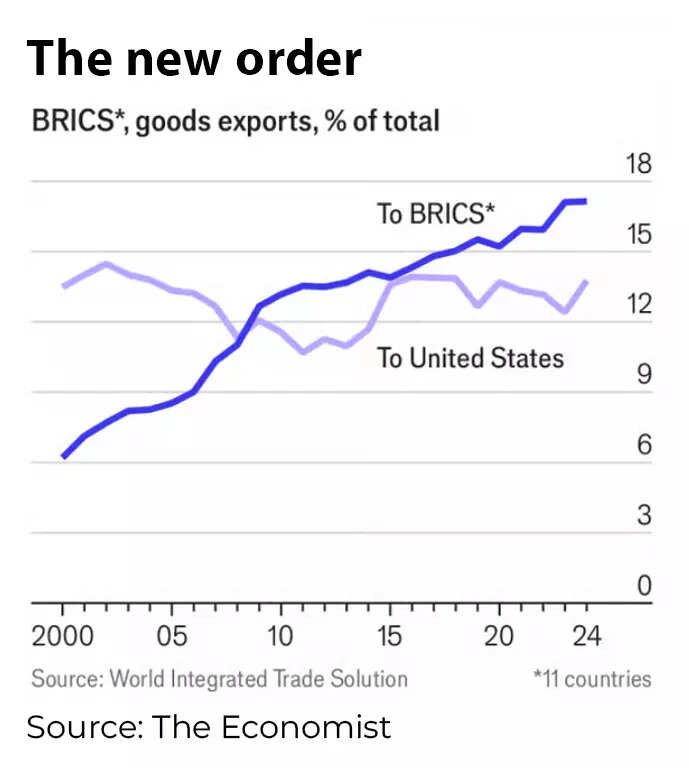Rakhine State stands at a pivotal moment as the Arakan Army (AA) edges closer to seizing control of Myanmar’s strategic western frontier region, a shift in power that could redefine both the country’s civil war and regional geopolitics.
While Myanmar’s military government has clawed back territory elsewhere in the country, the AA now controls 14 of 17 townships in Rakhine, which is situated on the Bay of Bengal in the country’s west and shares a border with Bangladesh.
Flush from victories against Myanmar’s military rulers, the rebel group has pledged to capture the remainder of Rakhine State, including the capital Sittwe, as well as a key Indian port project, and Kyaukphyu, home to oil and gas pipelines and a deep-sea port central to China’s Belt and Road Initiative.
Analysts say the window is open for a decisive offensive by the rebel group.
But the AA’s fight against Myanmar’s military government for self-determination unfolds amid a deepening humanitarian crisis and growing reports of serious abuses by the armed group against Muslim-majority Rohingya in Rakhine.
The Myanmar military’s blockade of supplies to Rakhine – historically known as Arakan – has worsened a crisis in which the United Nations estimates more than two million people face the risk of starvation. Earlier this month, the World Food Programme warned that 57 percent of families in central Rakhine cannot meet basic food needs – up from 33 percent in December.
Thousands of civilians are hemmed in the encircled Sittwe, which is now accessible only by sea and air.
Residents describe skyrocketing prices – pork that once cost $2 now exceeds $13. Local media have reported on desperate people taking their own lives, families turning to begging, sex work increasing, and daytime thefts as law and order collapses.
One resident who recently left by plane told of the growing danger from crime in Sittwe.
“They’re like gangsters breaking into homes in broad daylight. They even take the furniture,” he said.
Inside Sittwe, a source who asked for anonymity told Al Jazeera that the Arakan Liberation Army, an armed group linked to the military, monitors conversations among local people while troops raid homes and check residents for tattoos as signs of AA support.
“The situation is unpredictable,” the source said.
“We can’t guess what will happen next.”

A representative of the United League of Arakan (ULA), the AA’s political wing, described Sittwe as “a stark example” of military rule, saying the regime’s leaders have “treated Arakan as occupied territory” for decades.
Rising civilian toll
As the AA advances across Rakhine State, the military government has turned to air strikes – a tactic used nationwide since the generals seized power in 2021.
In Rakhine, the ULA says air raids killed 402 civilians between late 2023 and mid-2025, including 96 children. Another 26 civilians died this year from artillery, landmines or extrajudicial killings, it said.
Air strikes on civilians “cannot produce tangible military outcomes”, a ULA representative said, describing such tactics as “terrorism” in a country where more than 80,000 people are estimated to have been killed in fighting since the 2021 coup.
Amid the grinding conflict, both the AA and Myanmar’s military have also implemented conscription to bolster their forces.
The AA has drafted men aged 18 to 45 and women aged 18 to 25 since May, calling its campaign a “war of national liberation”, while the military has added an estimated 70,000 men to its ranks over its 16-month military draft drive.
Rakhine has also been scarred by ethnic violence, most brutally during the military’s 2017 crackdown that drove more than 730,000 Rohingya into Bangladesh – atrocities from that time which are now before the International Court of Justice in a case of suspected genocide.
More than a million Rohingya remain in refugee camps along the Myanmar-Bangladesh border, with the UN reporting 150,000 new arrivals over the past 18 months.
Reports accuse the AA of abuses against Rohingya civilians that remain in Rakhine, including an alleged massacre of 600 people last year – allegations the AA denies, claiming images of human remains were actually government soldiers killed in battle.
According to the rebels’ political wing, the ULA, “Muslim residents” in its areas of control in Rakhine “are experiencing better lives compared to any other period in recent history”.
The ULA, like the military government, avoids the term “Rohingya” in an attempt to imply the community is not indigenous to Rakhine.
To further confuse an already complex situation, the military has armed members of the Rohingya community to fight the AA, a dramatic reversal after decades of persecution of their communities by Myanmar’s armed forces.
The International Crisis Group (ICG) think tank also warns that Rohingya armed groups are using religious language to mobilise refugees in the camps in Bangladesh against the AA.
But “a Rohingya insurgency against the Arakan Army is unlikely to succeed”, the ICG reports, adding that it could also heighten anti-Rohingya sentiment in Myanmar and damage prospects for the repatriation of refugees from Bangladesh to homes they fled inside Rakhine.
Tensions are also simmering with Bangladesh, which wants the AA – in control of the entire border region between Myanmar and Bangladesh – to accept refugees back into areas under its authority.
Dhaka is also reportedly backing armed Rohingya groups to pressure Arakan forces, while the AA is wary that Bangladesh could support a breakaway zone in Rakhine, threatening its territorial ambitions for the state.
Battle for Chinese-built port
South of Sittwe, a decisive fight looms for Kyaukphyu, the coastal hub linking Myanmar to China’s Yunnan province through twin oil and gas pipelines and a deep-sea port that is part of China’s Belt and Road infrastructure project.
Anthony Davis, a Bangkok-based analyst with defence publication Janes, predicts the AA could launch a monsoon offensive between September and October, using cloudy skies as cover against aerial assaults by the military’s warplanes and which would boost its chances of capturing Kyaukphyu.
Davis said munition stocks seized by the AA in 2024 could dwindle by 2026, while Chinese pressure may limit arms supplies used by the rebels from entering northern Myanmar – factors that add urgency to the AA pressing its attacks now.
He estimated 3,000 government troops are defending Kyaukphyu, backed by jets, drones and naval firepower.
With at least 40,000 fighters after its conscription drive – and now becoming Myanmar’s largest ethnic army – the AA could likely commit 10,000 troops to the assault on Kyaukphyu, Davis said.

Based on its track record, Davis believes the AA has a “significant chance” of seizing the port, in what could become “one of the most consequential and costliest campaigns” of the civil war.
About 50 Chinese security personnel remain in Kyaukphyu, according to a Chinese industry source cited by Davis, who believes Beijing has accepted the AA might capture the facility – as long as its assets stay protected.
But Beijing has also intensified its backing of Myanmar’s military rulers in recent months.
The ULA representative said Kyaukphyu is a “sensitive area” for the AA, where it uses “the least amount of force necessary” and maintains a “firm policy of protecting foreign investments and personnel from all countries”.
The AA would “strive to pursue all possible means to foster positive relations with China”, the representative added.
Widening War
India, too, has stakes in Rakhine through the Kaladan transport project, which aims to connect India’s remote northeast regions to the Bay of Bengal via the India-built Sittwe port and river routes running through AA-controlled territory.
That corridor would allow India to bypass Bangladesh and create an alternative trade route for India with Myanmar.
Analysts say taking control of the port, road and river network could allow the AA to tax Indian trade, boosting its finances while also undermining the Myanmar military’s ties with New Delhi.
If the AA does succeed in capturing Rakhine’s coastal ports, the armed group could feasibly control transport and trade gateways vital to both China and India, which would create leverage that no other armed participant in the Myanmar civil war holds.
That could elevate the AA-backed Arakan People’s Revolutionary Government as a regional powerbroker, Davis said.
The Institute for Strategy and Policy-Myanmar says the AA is also deployed beyond Rakhine and now leads the country’s most extensive alliance of armed groups.
“No other ethnic armed group has woven such a far-reaching web of influence among the country’s next generation of fighters,” the institute wrote.
But with the military regaining lost ground in other regions of the country while preparing to hold elections in December – already widely dismissed as a sham – there is a prospect the AA could one day agree to a ceasefire with the military government or continue to fight and potentially be strong enough to face the military alone.
Commenting on such a scenario, the ULA representative called for vigilance against the military’s traditional “divide and rule” strategy.
“War often involves advances and retreats,” said the representative. “This time, we are confident that the resistance forces can achieve meaningful change in the country.”







